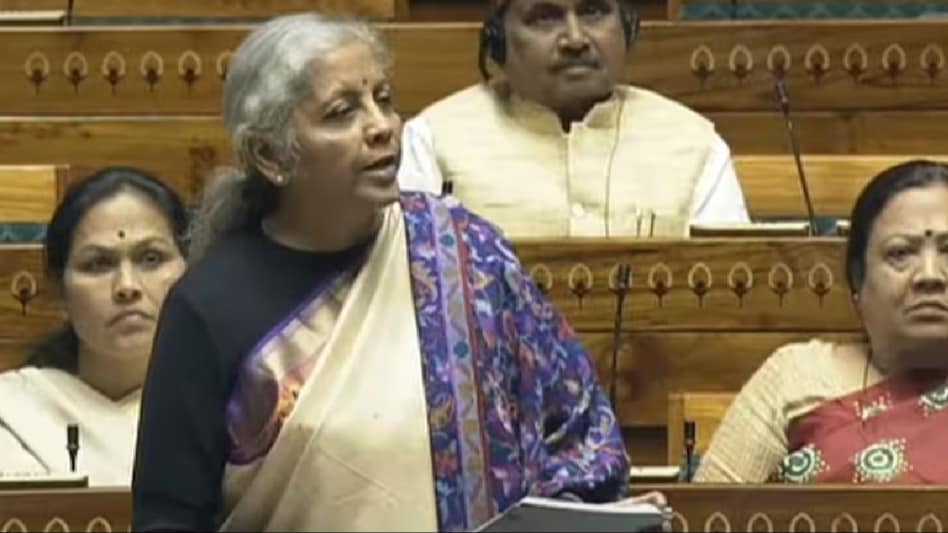 Refrained from bringing out a white paper in 2014 due to poor state of affairs: FM Sitharaman
Refrained from bringing out a white paper in 2014 due to poor state of affairs: FM Sitharaman
 Refrained from bringing out a white paper in 2014 due to poor state of affairs: FM Sitharaman
Refrained from bringing out a white paper in 2014 due to poor state of affairs: FM SitharamanThe NDA government led by Prime Minister Narendra Modi chose not to bring out a white paper in 2014 when it took helm at the Centre even though the economy was in a “fragile state” at the time.
However, it has chosen to do so 10 years later as the economy has now stabilised and set on a recovery and growth path and it is of the view that it is necessary to place in the public domain the seemingly insurmountable challenges – left behind as a legacy by the UPA Government
“Our government refrained from bringing out a white paper on the poor state of affairs then. That would have given a negative narrative and shaken the confidence of all, including investors,” said the White Paper on the Economy, which was tabled by finance minister Nirmala Sitharaman in Parliament on Thursday.
The need of the hour was to give hope to the people, to attract investments, both domestic and global and to build support for the much-needed reforms, said the White Paper, adding that the government believed in 'nation-first' and not in scoring political points.
With a scathing critique of the UPA government, the near 60 page document is divided into three parts—the macroeconomic situation of India under the UPA government; current status of the various corruption scams of the UPA government; and how the NDA government turned the economy around and rebuilt the country’s image taking it “from fragile five to top five” economies of the world in a decade.
“The UPA Government failed miserably to facilitate economic activities. Instead the UPA Government created hurdles that held back economy,” the paper noted. “The UPA government inherited a healthy economy ready for more reforms, but made it non-performing in its 10 years,” it said.
It also highlighted the difference the NDA government could make in the last 10 years and said, “We hope to build on it in the next 25 years”.
In all, the white paper has taken up 35 parameters to compare “then” or the 10 years under the UPA government and “now” which is the decade under the NDA government. These parameters include those relating to the macro-economy such as inflation, GDP growth rate, foreign direct investment; those relating to physical and digital infrastructure such as the number of airports and cities with metro rails; and lastly those relating to secure future and ease of living.